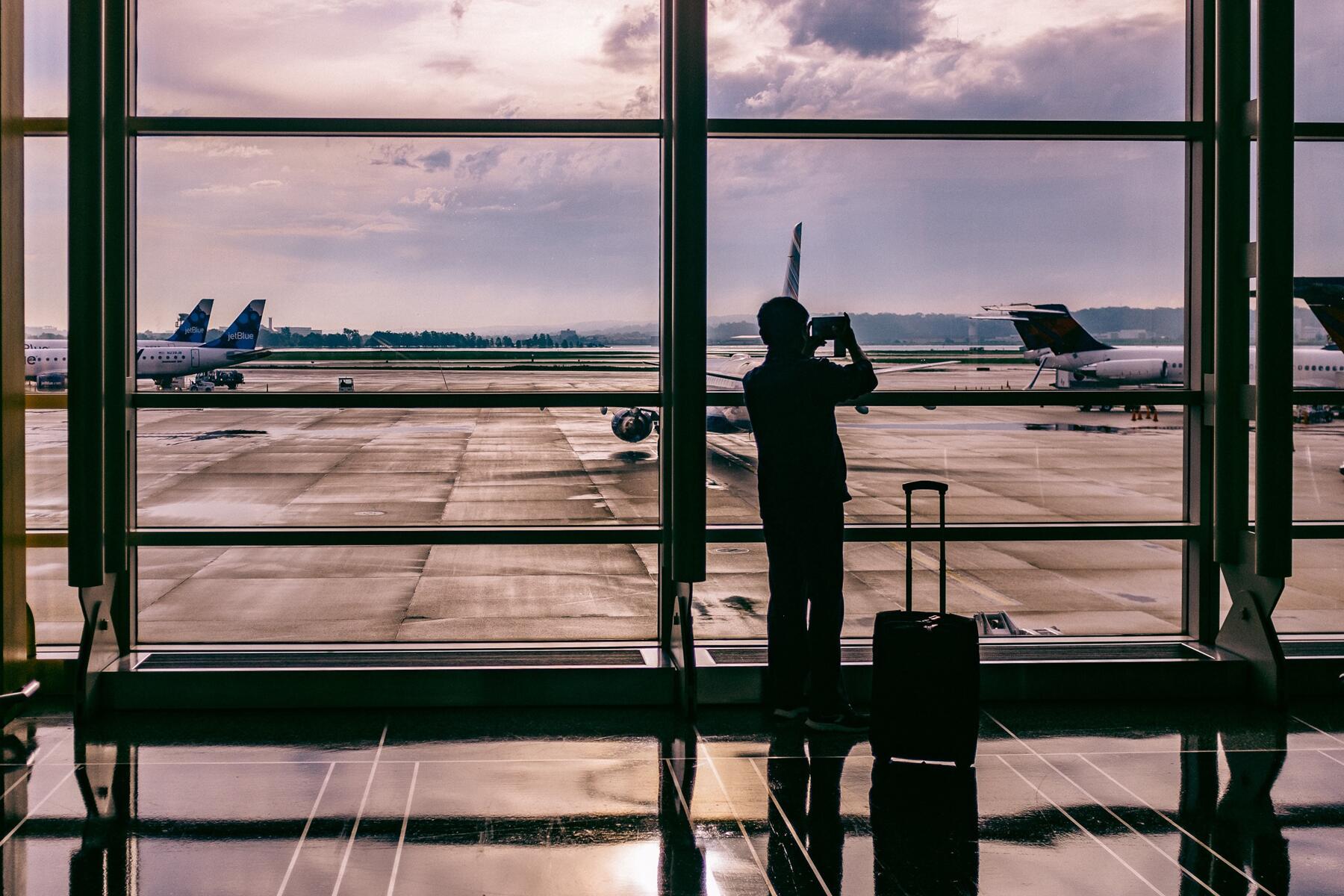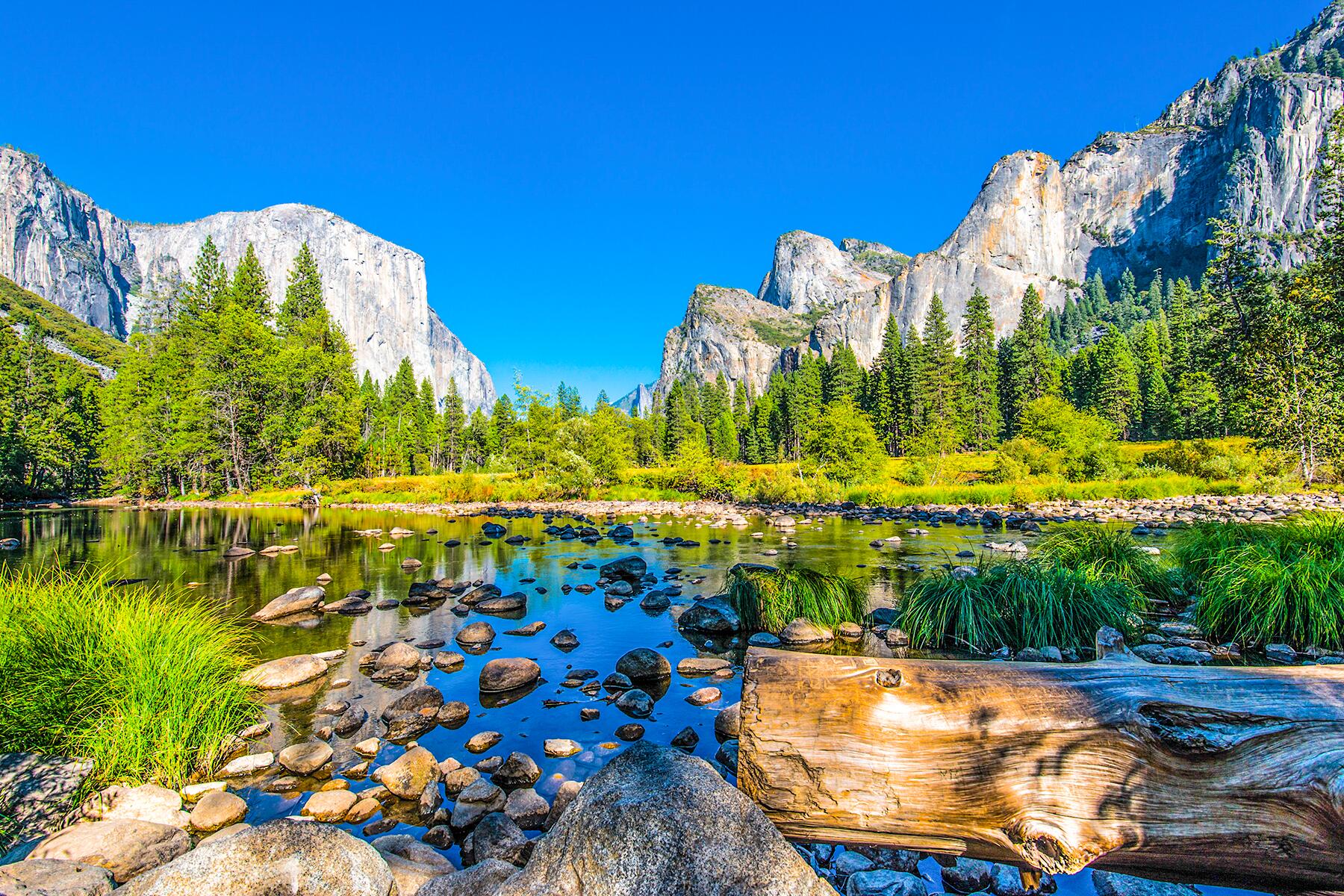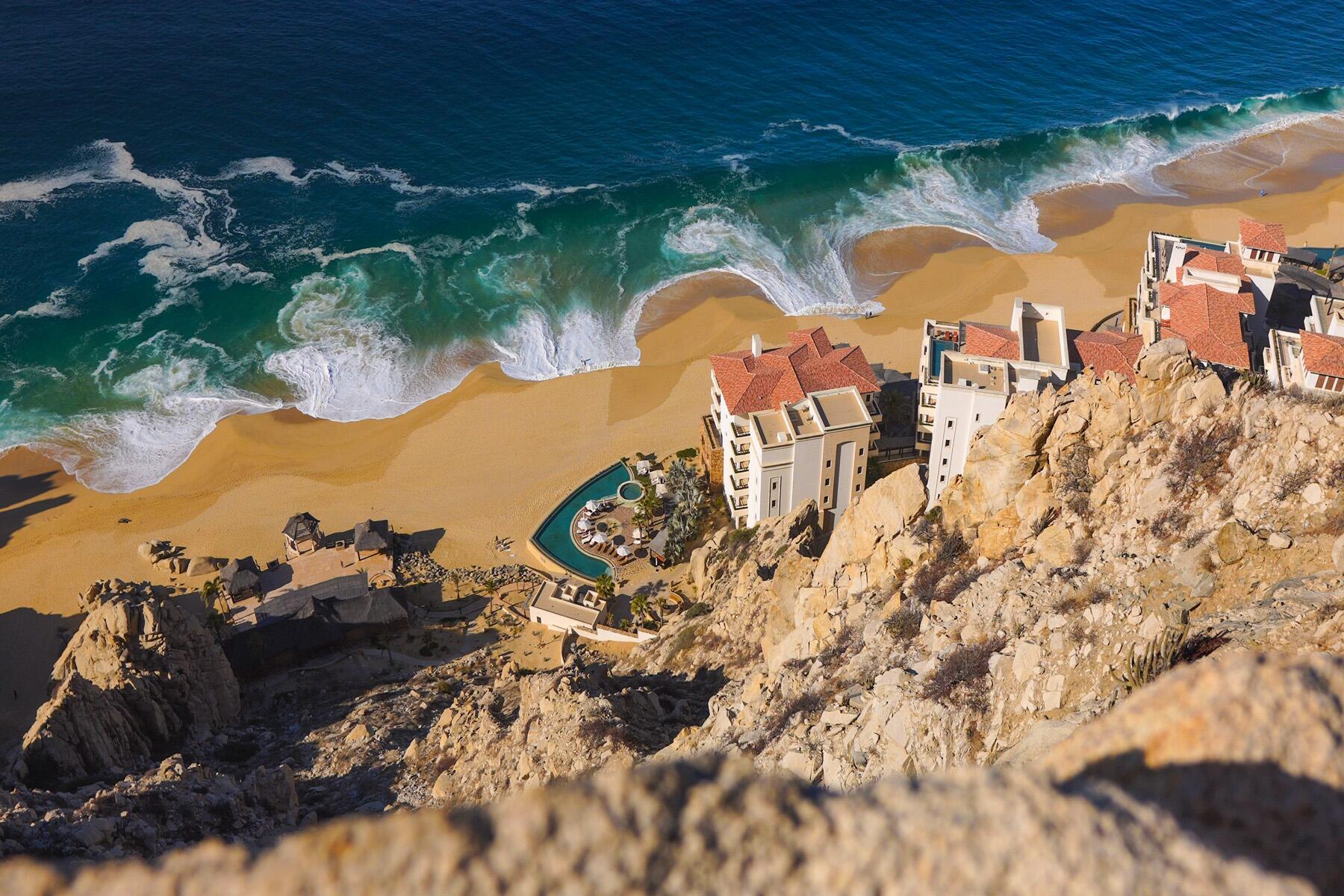You’ll find everything from ghost towns and fairy circles to dinosaur footprints and ancient art.
Almost four times larger than Texas, the state of Western Australia is a massive place that hides some of the world’s most mind-bending locations. From natural phenomena to unexplained mysteries and ancient human masterpieces, Western Australia specializes in the surprising. Combined with its incredibly diverse environments–dense rainforests, sparse deserts, verdant mountain ranges, pristine coastlines, and flower-draped plains–this makes WA, as the locals call it, a unique and alluring tourist destination.
Top Picks for You
Hutt Lagoon
WHERE: Port Gregory
Online it looks like a fake location created using Photoshop. In person, however, Hutt Lagoon is in fact startlingly pink and wonderfully photogenic. Western Australia is home to two pink lakes–Hutt Lagoon and Lake Hillier–the waters of which earn their unique hue thanks to algae that gives off beta-carotene, the red-orange pigment which colors fruits and vegetables like apricots and carrots. Particularly in the morning, and when the sun is shining, these two lakes take on an extraordinary, fluorescent appearance which has made them wildly popular as social media backdrops. Hutt Lagoon is 250 miles north of Perth, WA’s capital city, while Lake Hillier is on an island off the State’s south coast.
Christmas Island
WHERE: Christmas Island
You cannot move for crabs, quite literally. During Christmas Island’s jaw-dropping red crab migration–when millions of crustaceans surge to the ocean to breed–many of its open spaces become carpeted by these animals. Swarms of crabs crawl across roads, paths, and parks, climb walls, stairs, and bridges, and even scale humans if they sit still for long enough. That’s what happened to British naturalist Sir David Attenborough when he visited this gorgeous island during the annual migration and had crabs mounting his legs as he spoke to the camera. Located in the Indian Ocean, near Indonesia, this Western Australian territory is a wild and intriguing place.
Recommended Fodor’s Video
Horizontal Waterfalls
WHERE: Talbot Bay
This is not how a waterfall is meant to work. Rather than water tumbling over a precipice–a majestic display of the power of gravity–WA’s horizontal waterfalls are powered by extreme tidal forces. In Talbot Bay, a remote coastal location about 155 miles north-east of tourist town Broome, there are two such horizontal falls.
When tidal currents rush through two narrow gaps in the cliffs that flank this bay, it creates what looks like a waterfall within the ocean water itself. The currents create a swell of water on one side of the cliff, which then tumbles down onto the lower side of this gap, causing a horizontal waterfall up to 13-feet tall.
Fairy Circles
WHERE: Newman
In the empty countryside near the isolated mining town of Newman, the landscape is embellished by what looks from above like an Indigenous Australian dot painting. In this grassland, bare patches of red earth are neatly clustered together, creating a beautiful web of circles. This may seem like the work of an artist, but it’s not.
Dubbed “fairy circles,” these patterns are naturally-occurring phenomena that baffled scientists when they first were discovered four years ago. Fairy circles previously had been found only in Namibia, more than 6,213 miles away. Australian scientists are still researching what created these curious arrangements.
Wittenoom Ghost Town
WHERE: Wittenoom
The rising popularity of dark tourism, where travelers visit eerie destinations, has seen the tiny town of Wittenoom become one of the state’s most unusual and dangerous attractions. Last year it was reported by Australian media that there was just one person left living in Wittenoom, in the north of WA, which was otherwise abandoned due to being heavily contaminated by deadly asbestos. Health authorities warn that even visitors to Wittenoom are at risk from the asbestos fibers in the air, but it hasn’t stopped tourists from going to this ghost town to pose for photos.
Yarabubba Crater
WHERE: Yarabubba Station
It isn’t just a giant hole in the ground, it’s a giant hole in the ground that might have ended one of Earth’s Ice Ages. Yarabubba crater, in WA’s Mid-West region, this year was recognized by scientists as the world’s oldest asteroid impact, dating back 2.2 billion years.
Despite measuring 43 miles across, it is in such a far-flung location that it wasn’t even discovered until 1979. Scientists have found this asteroid impact coincided with an increase in the earth’s surface temperature, suggesting it may have brought an Ice Age to a close.
Murujuga
WHERE: Burrup Peninsula
In WA’s northwest, 45,000-year-old faces stare at the few visitors to a phenomenal location. While this incredible place is unknown even to most Australians, it’s set to experience a tourism boom after being shortlisted to become a UNESCO World Heritage Site, joining national icons like Uluru and the Great Barrier Reef.
This is Murujuga, the world’s largest collection of hunter-gatherer rock carvings–an astonishing cluster of more than one million images which date back more than 40,000 years. Together they form an encyclopedia of Australian Indigenous history and folklore, offering insight into the evolution and beliefs of what is widely considered the world’s oldest civilization.
Banjawarn Station
WHERE: Banjawarn
In 1995, more than 5,000 people were injured and 13 killed when members of a Japanese doomsday cult flooded parts of Tokyo’s subway system with poisonous Sarin gas. No one knew at the time, but this cult Aum Shinrikyo had trained for this terrorist attack at a Western Australian cattle station 4,349 miles away from there
In 1993, the cult purchased the gigantic Banjawarn station, which at 1,500 square miles in size is larger than the entire State of Rhode Island. They used this extreme isolation to test chemical weapons away from prying eyes. Banjawarn Station is now one of the oddest and most infamous places in WA.
Dinosaur Footprints
WHERE: Broome
Indented on the earth’s surface for up to 130 million years, the enormous footprints in WA’s northwest coast are a physical link to the planet’s Cretaceous Period, when giant dinosaurs ruled the world. Scattered from Gantheaume Point, near the town of Broome, north to James Price Point are footprints left behind by seven separate species of dinosaurs.
These include the legendary stegosaurus, the long, low-slung species with a spiked tail and spine decorated by huge, pointy scales. Local Indigenous Australian man Bart Pigram offers tours that explain the long relationship his people have with these footprints.
The Batavia Shipwreck
WHERE: Geraldton
About 22 miles off the coast of WA, near the town of Geraldton, is a gorgeous coral reef popular with divers which just happens to be linked to a mass murder. In 1629, the Batavia ship was sunk by that same reef. This Dutch vessel, which had departed the Netherlands the previous year, was carrying more than 340 passengers but only about 200 people survived this catastrophe by swimming or being ferried to a rescue boat to a nearby island.
But this didn’t mean they were safe. The deputy commander of the Batavia, who had planned a mutiny before the ship sank, took over and ordered the execution of more than 100 of the survivors in an effort to consolidate his power. This grim tale still reverberates through the underwater ruins of the Batavia, which are submerged in a beautiful patch of the Indian Ocean.




